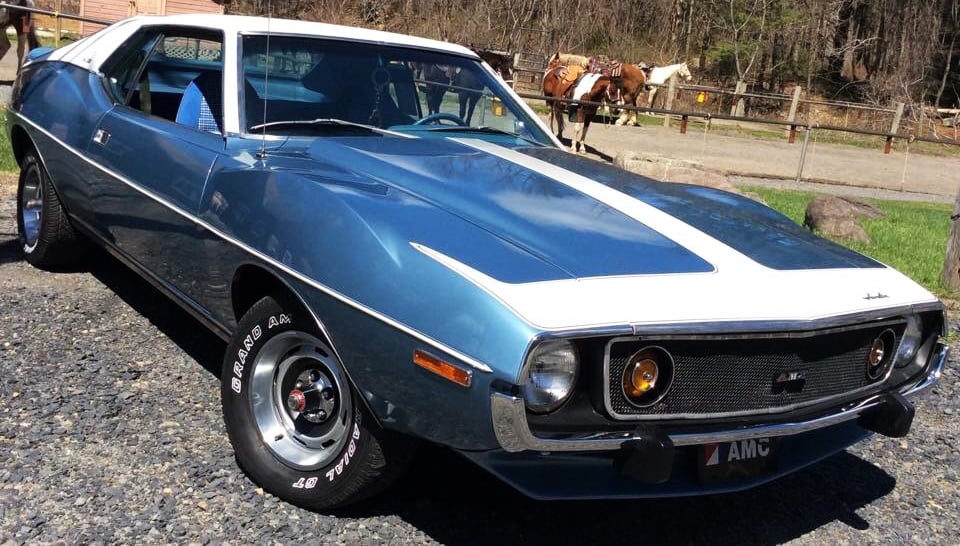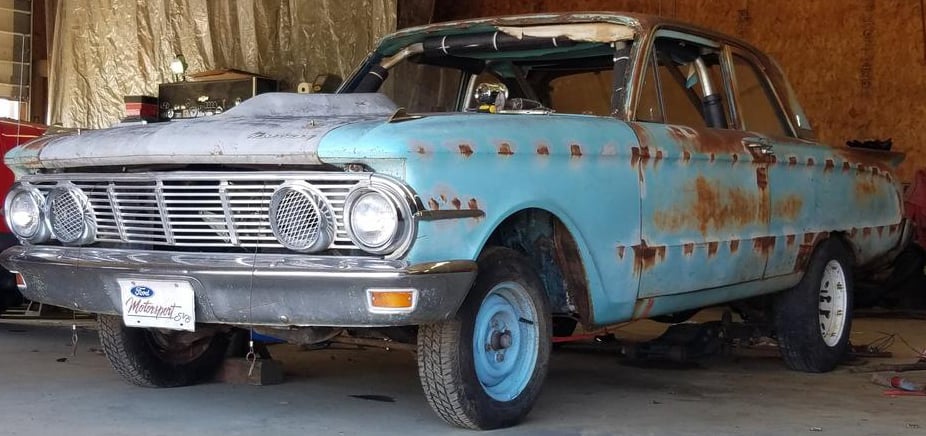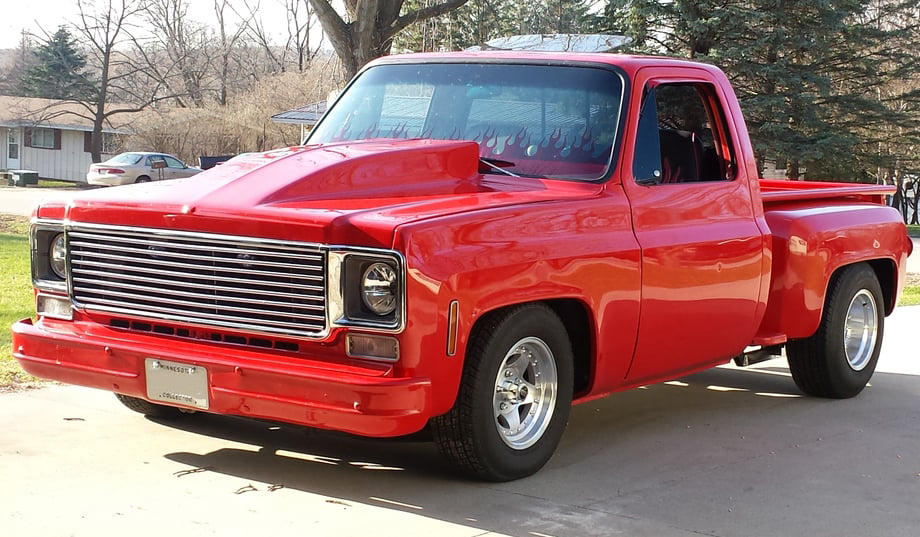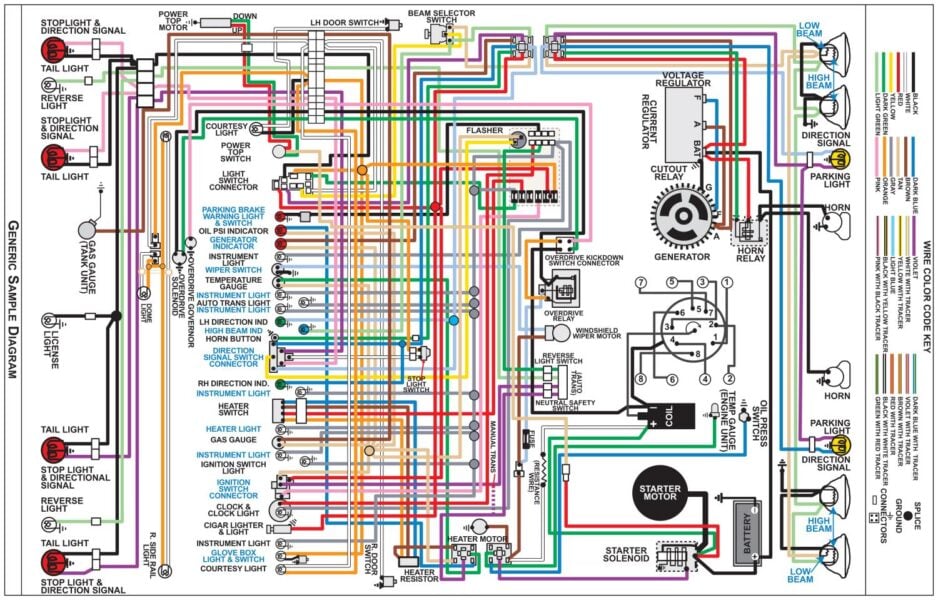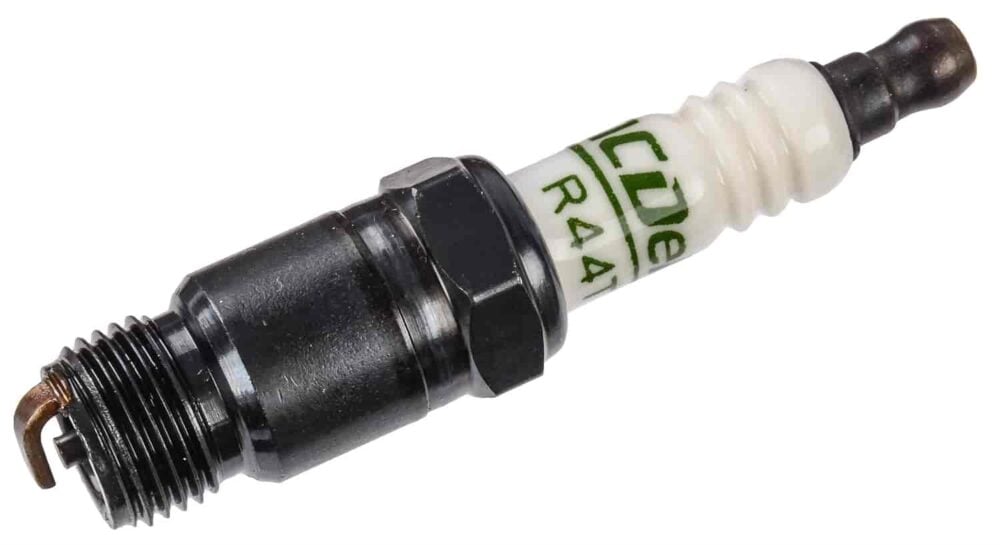
We've all been there: watching that older car collect dust in the driveway or the backyard. You may remember the days of its initial glory and want to revive it. However, you might be worried about how to restore a car.
Fortunately, there's a way to get your car back to its original working condition. Here are our tips and recommended steps for taking on car refurbishing.
Check The Engine
The engine is the heart of your vehicle, so when it comes to restoring old cars, it's helpful to start here. You want to check to see if your car's engine is functional enough to actually "turn over."
Start with the crank and see if it moves without resistance by turning the crankshaft pulley in the clockwise direction by putting the ratchet on the center bolt. It’s a good sign if the pulley moves.
If it doesn't, you may want to try lubricating your engine's parts with automatic transmission fluid or another type of automotive lubricant. Let it sit for 24 hours, and then come back and try again. If your engine turns without issue, you can move on to the next step.
Change All Fluids
Fluids keep your car's most pivotal components — like your transmission and engine — lubricated. They also help to flush out sediment and debris that shouldn't be in your vehicle. So, it's essential to clear your car's system, especially if it's been sitting for a while. Old vehicle fluids are not as adequate as when they were first put in the car.
Check your vehicle's oil dipstick, brake fluid, transmission fluid, and other fluids. All of them likely need to be replaced. Check your owner's manual to know exactly how much is needed for each part of your car.
Evaluate Cylinder Conditions
You may have already started this process without even knowing it. By turning on the car, you can get an early gauge of how well your car's cylinders are operating. For example, if you hear any misfiring or the car shows signs of overheating, then you'll already know going in that the cylinders could need some attention.
Either way, you'll want to inspect each cylinder to ensure there are no gouges and that rust hasn't started to creep in. In addition to checking the actual cylinders, you should also check under the car to ensure there aren't any fuel leaks — which can also point to additional fuel system issues.

Inspect The Carburetor
Carburetors that were standard fuel delivery systems in older vehicles were responsible for managing the ratio of fuel and air that reached the engine. It handled the job that is currently done by fuel injectors.
Suppose you've started the car and noticed any backfiring, stalling, flooding, and a significant drop in fuel economy that's out of the norm for that vehicle. In that case, the carburetor may need to be repaired or even replaced.
It could also be an issue where the carburetor needs to be cleaned, or it may even need to be rebuilt. This part plays a crucial role in the functioning of older cars, so you should make checking out this part of your car a priority.
Restoring old cars can be an exciting experience — especially if you have memories tied to the vehicle. Yet, knowing where to start and what restoration parts you need can be challenging.
Depending on the vehicle's condition, you may need to assess additional parts and even make a few repairs. If you do, check out what JEGS has available for your car, as we make a point to keep it stocked with parts that you may need to revive an older car. We're here to help!
